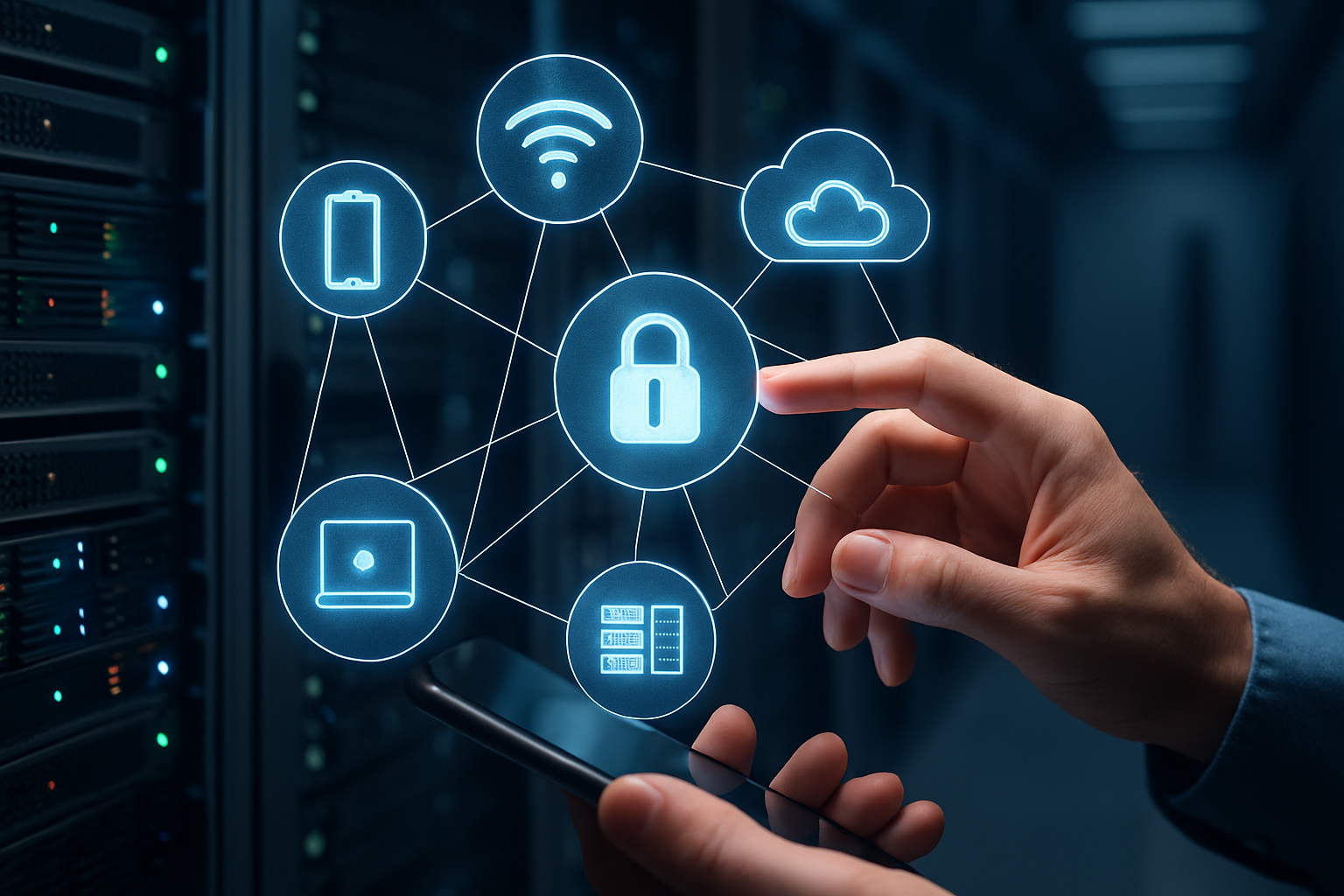Cybersecurity in the Age of Hyperconnectivity
The digital landscape is evolving at an unprecedented pace, with billions of devices interconnected and exchanging data continuously. This hyperconnected world brings immense opportunities but also significant challenges, particularly in the realm of cybersecurity. As our reliance on internet-enabled devices grows, so does the potential for cyber threats to disrupt our daily lives, businesses, and critical infrastructure.

The proliferation of smart devices has expanded the attack surface exponentially. From smartphones and smart homes to industrial control systems and autonomous vehicles, each connected device represents a potential entry point for malicious actors. This hyperconnectivity has blurred the lines between physical and digital security, making traditional perimeter-based defenses increasingly obsolete.
Artificial Intelligence: A Double-Edged Sword
Artificial intelligence (AI) is revolutionizing cybersecurity, offering both new defensive capabilities and potential threats. On the defensive side, AI-powered systems can analyze vast amounts of data in real-time, identifying patterns and anomalies that might indicate a cyber attack. Machine learning algorithms can adapt to new threats more quickly than traditional signature-based approaches, potentially stopping zero-day attacks before they can cause significant damage.
However, cybercriminals are also leveraging AI to enhance their attacks. AI-driven malware can evolve to evade detection, while automated social engineering attacks can create highly convincing phishing campaigns. The rise of deepfake technology presents new challenges in verifying the authenticity of digital communications, potentially undermining trust in online interactions.
The Human Factor: Social Engineering in the Digital Age
Despite technological advancements, humans remain the weakest link in many cybersecurity systems. Social engineering attacks, which exploit human psychology rather than technical vulnerabilities, have become increasingly sophisticated. Phishing emails, for instance, have evolved from obvious scams to highly targeted spear-phishing campaigns that can fool even tech-savvy individuals.
The rise of social media has provided cybercriminals with a wealth of personal information to craft convincing attacks. By piecing together details from various online sources, attackers can create highly personalized messages that appear legitimate, increasing the likelihood of success. Education and awareness training have become crucial components of cybersecurity strategies, as organizations recognize the need to empower their employees to recognize and report potential threats.
Regulatory Challenges in a Borderless Digital World
As cyber threats transcend national boundaries, governments and international organizations are grappling with the challenge of creating effective cybersecurity regulations. The patchwork of laws and regulations across different jurisdictions can create compliance challenges for multinational companies and hinder international cooperation in combating cybercrime.
Efforts to establish global cybersecurity norms and standards are ongoing, but progress is often slow due to conflicting national interests and the rapid pace of technological change. Privacy concerns add another layer of complexity, as regulations like the European Union’s General Data Protection Regulation (GDPR) seek to protect individual data rights while potentially limiting the sharing of threat intelligence.
The Future of Cybersecurity: Resilience and Adaptation
As the threat landscape continues to evolve, the focus of cybersecurity is shifting from prevention to resilience. Organizations are adopting a “assume breach” mentality, recognizing that it’s impossible to prevent all attacks. Instead, the emphasis is on rapid detection, containment, and recovery.
Zero Trust architectures are gaining traction, moving away from the traditional model of trusting everything inside the network perimeter. In a Zero Trust model, every user, device, and transaction is verified before access is granted, regardless of location or network.
Quantum computing looms on the horizon as both a potential threat and opportunity for cybersecurity. While quantum computers could potentially break many current encryption methods, they also offer the promise of unbreakable quantum encryption.
As we move deeper into the age of hyperconnectivity, cybersecurity will remain a critical challenge. Success will depend on a combination of technological innovation, human awareness, and adaptive strategies that can keep pace with the ever-changing threat landscape. In this interconnected world, cybersecurity is not just a technical issue but a fundamental requirement for maintaining trust in our digital society.





